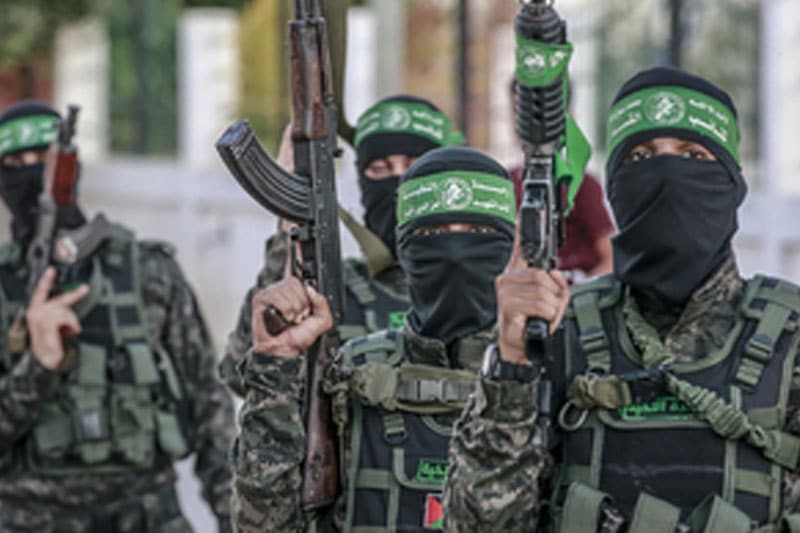Hamas to Release Six Israeli Hostages and Return Four Bodies in Surprise Acceleration of Gaza Ceasefire Deal
This development comes as part of a trade agreement with Israel, which is allowing mobile homes and construction equipment into the devastated Gaza Strip.

Cairo: A senior Hamas official announced that the militant group will free six living Israeli hostages on Saturday and return the bodies of four others on Thursday, marking a surprising acceleration in the hostages’ release. This development comes as part of a trade agreement with Israel, which is allowing mobile homes and construction equipment into the devastated Gaza Strip.
Table of Contents
Details of the Hostage Release
The six hostages are the last living captives set to be freed during the first phase of the ceasefire deal, which is aimed at securing the release of hundreds of Palestinians held in Israeli prisons. The four bodies to be returned include the Bibas family — two young boys and their mother — whose abduction has come to symbolize the plight of many taken captive by Hamas during the war. Israel has not confirmed the deaths, and the prime minister’s office urged the public to refrain from circulating unverified information.
The six living hostages slated for release are Eliya Cohen, Tal Shoham, Omer Shem Tov, Omer Wenkert, Hisham Al-Sayed, and Avera Mengistu, according to the Hostages and Missing Families Forum.
Also Read: Humanitarian Needs in Gaza Overwhelming, Says UN Amid Ongoing Crisis
Ceasefire Agreement and Israel’s Concessions
The release of the six living hostages marks an acceleration in the ceasefire agreement, which initially called for three hostages to be freed on Saturday, with three more to follow a week later. This is a part of an ongoing deal where Hamas is releasing hostages in exchange for the release of Palestinian prisoners. As part of the agreement, Israel has also begun permitting the entry of mobile homes and heavy construction equipment into Gaza, which Hamas had demanded as part of the truce.
Hamas had previously threatened to delay the hostages’ release, citing Israel’s refusal to allow these supplies into Gaza. The situation has led to a complex negotiation over the future of Gaza, with reconstruction efforts expected to cost billions of dollars. However, the overall goal for both sides remains uncertain as the ceasefire continues, and talks for a second, more difficult phase of the deal are set to begin.
Ongoing Tensions and Uncertainty
Despite the ceasefire, Israel’s government remains committed to eliminating Hamas as both a military and governing force in Gaza. Meanwhile, proposals like US President Donald Trump’s plan to permanently relocate Gaza’s two million residents have stirred additional tension and uncertainty in the region. The situation remains volatile, and both sides are preparing for the next phase of negotiations.
